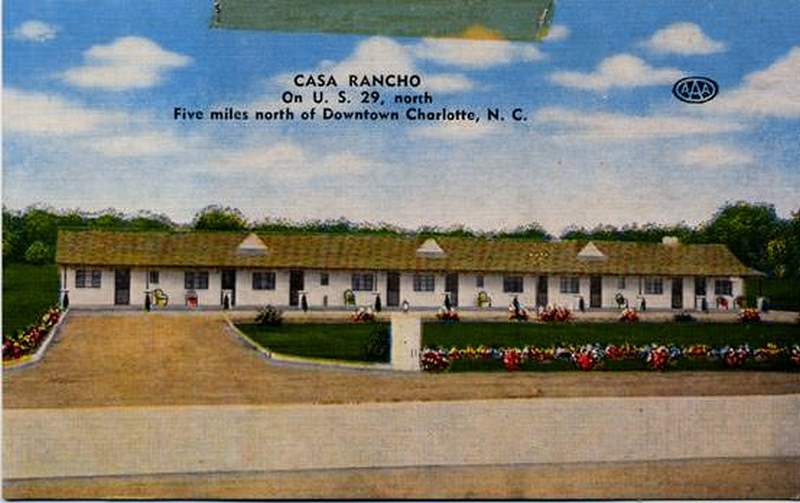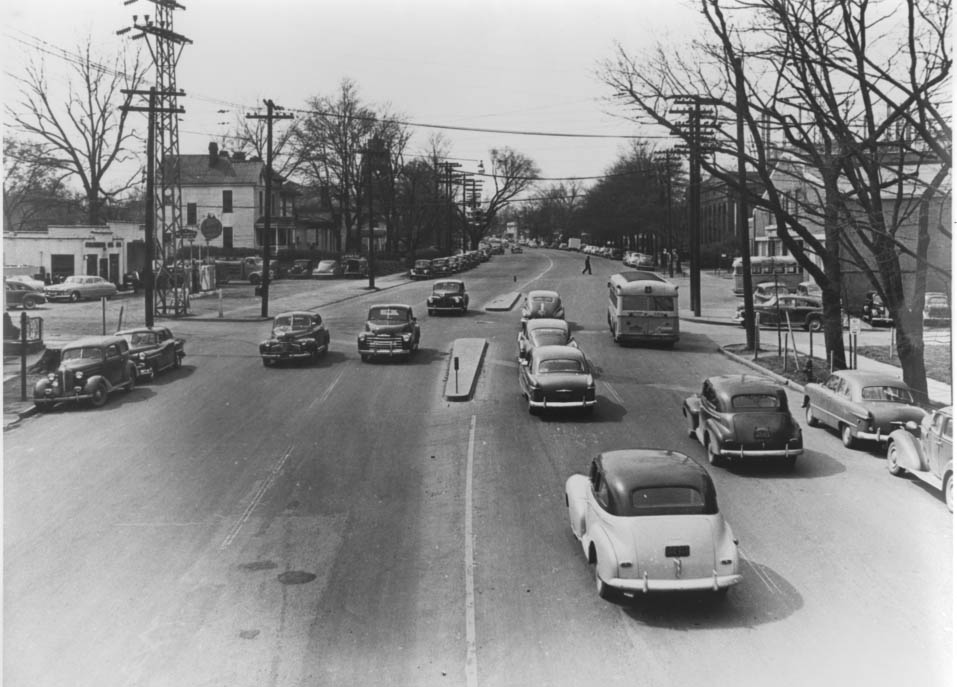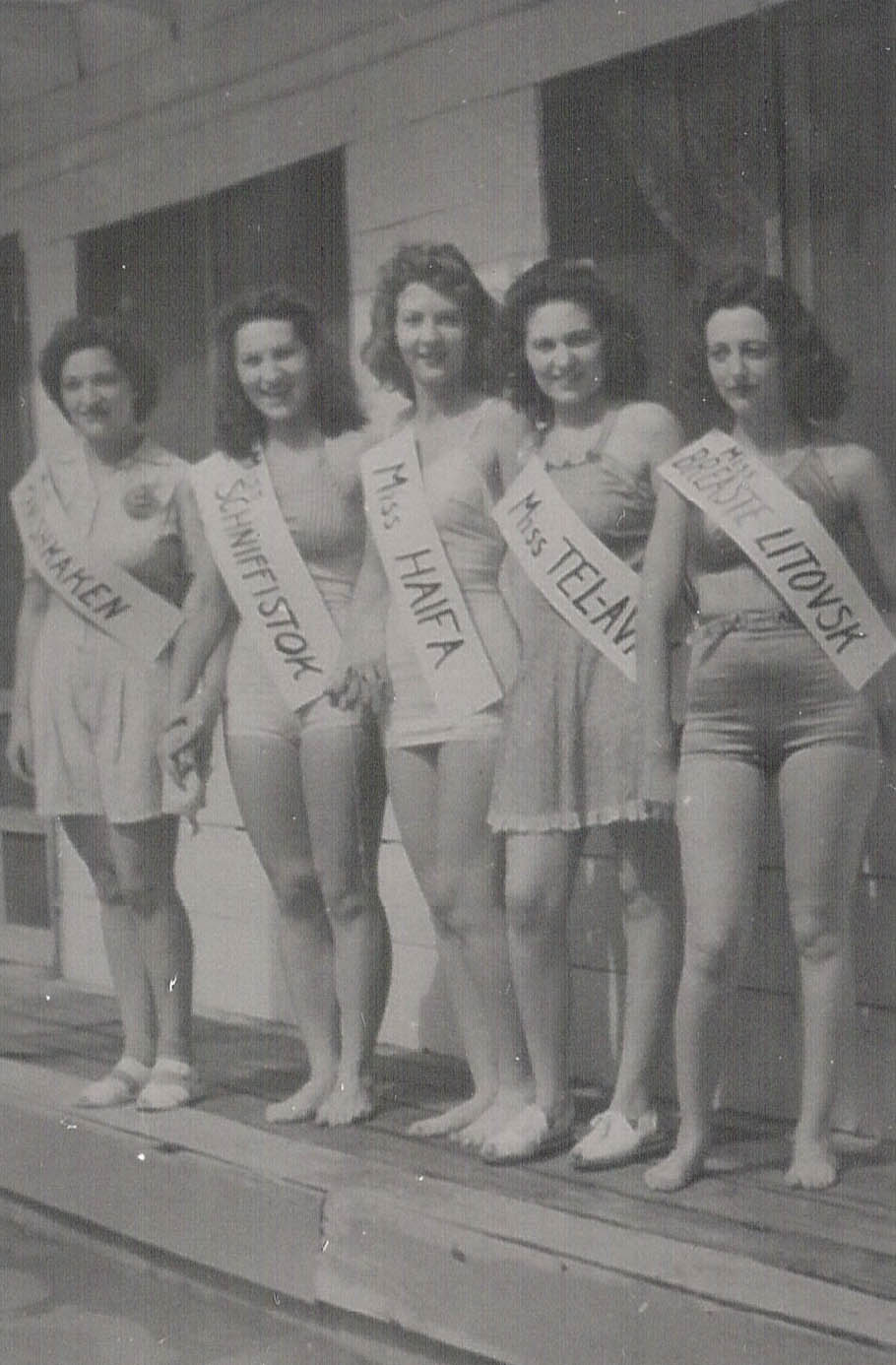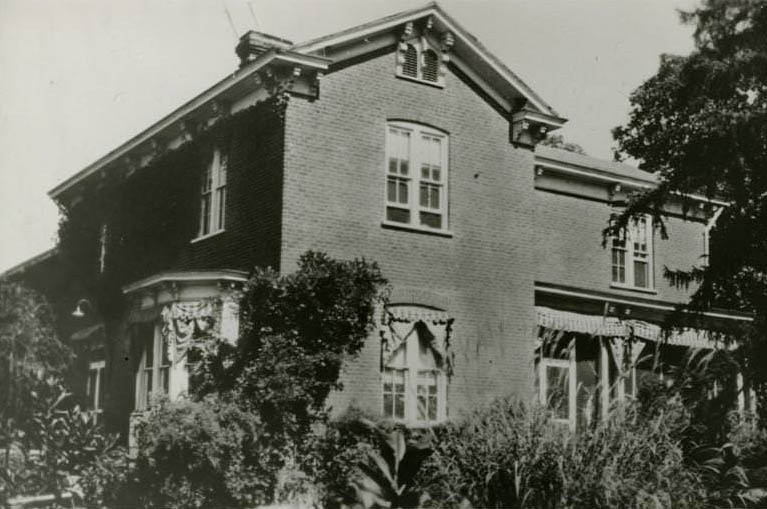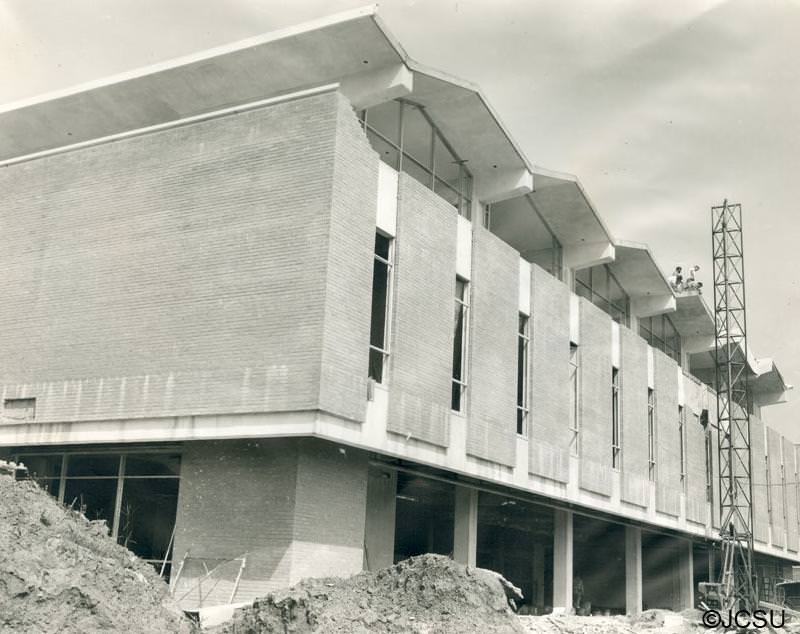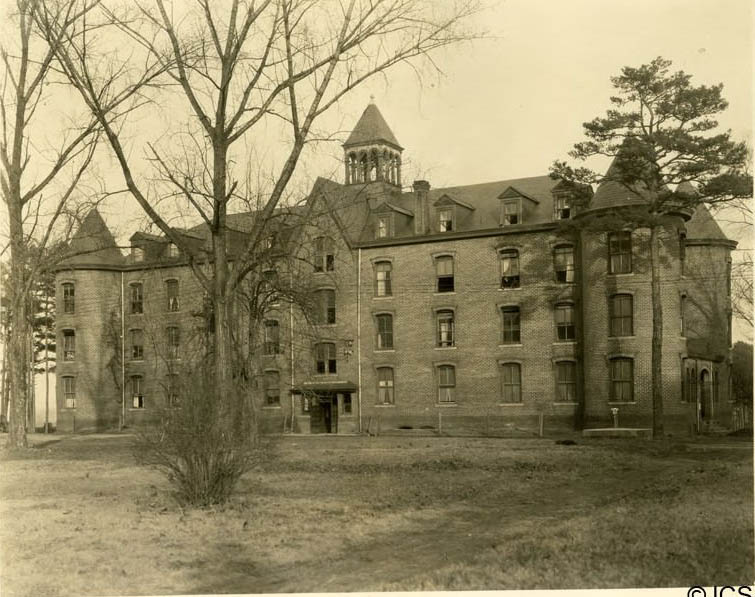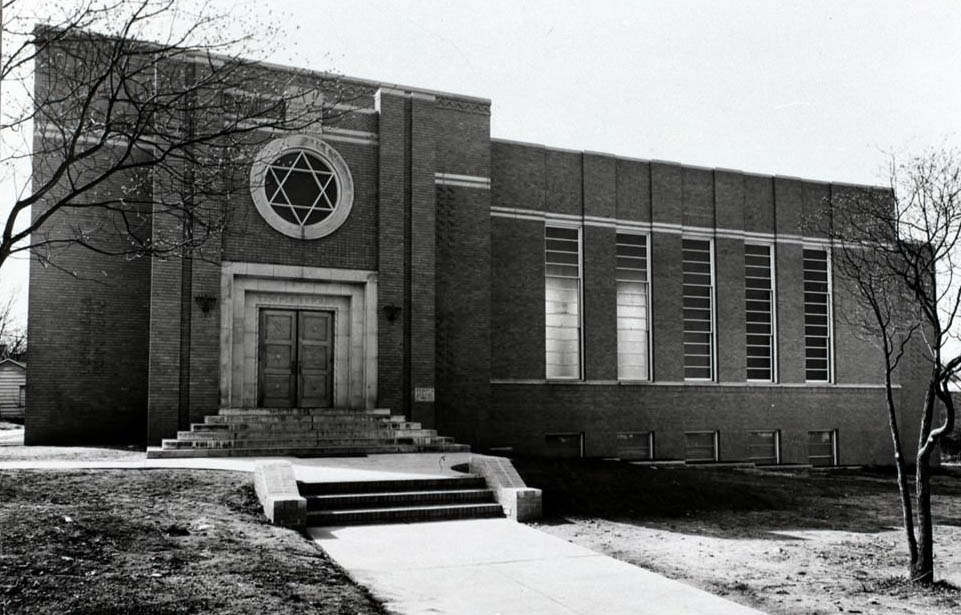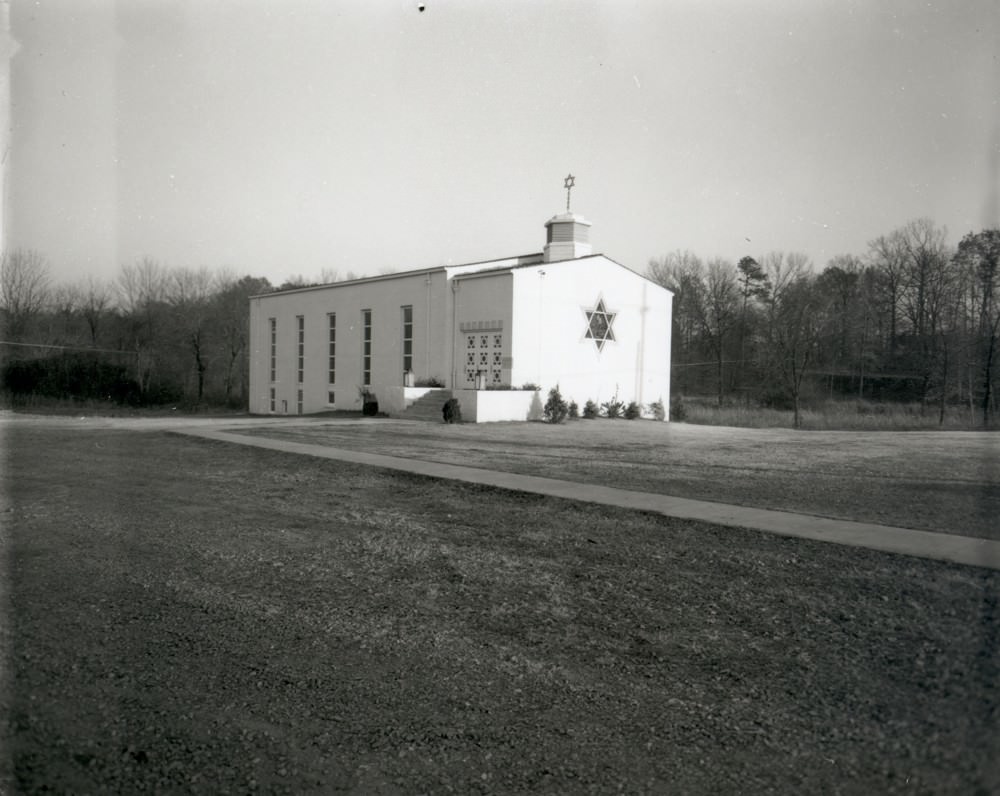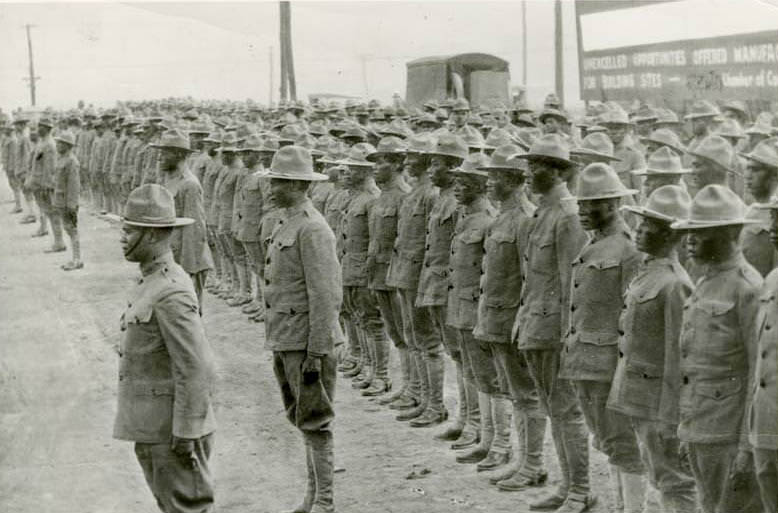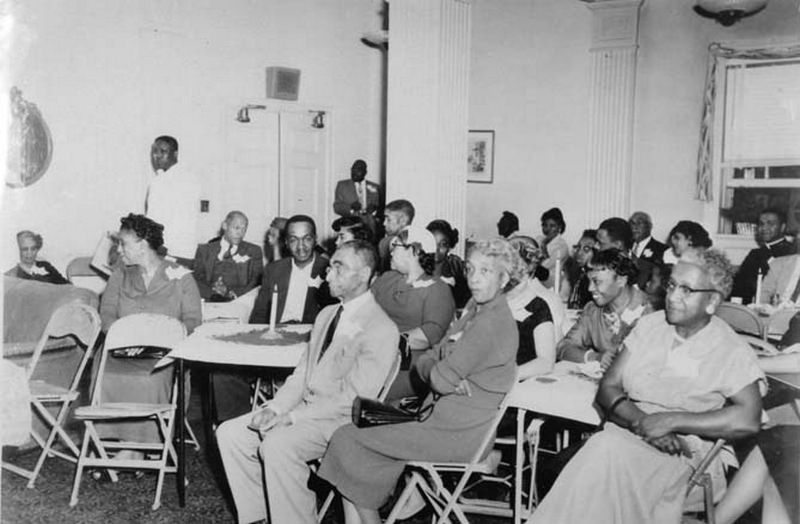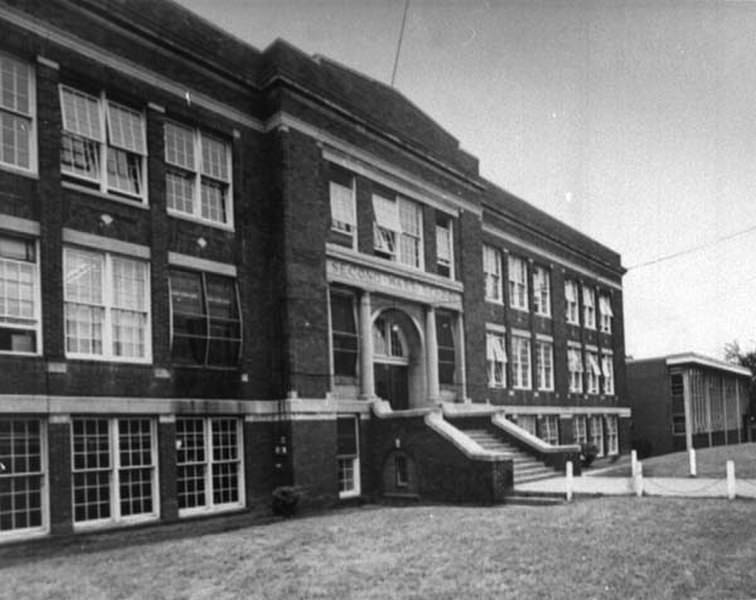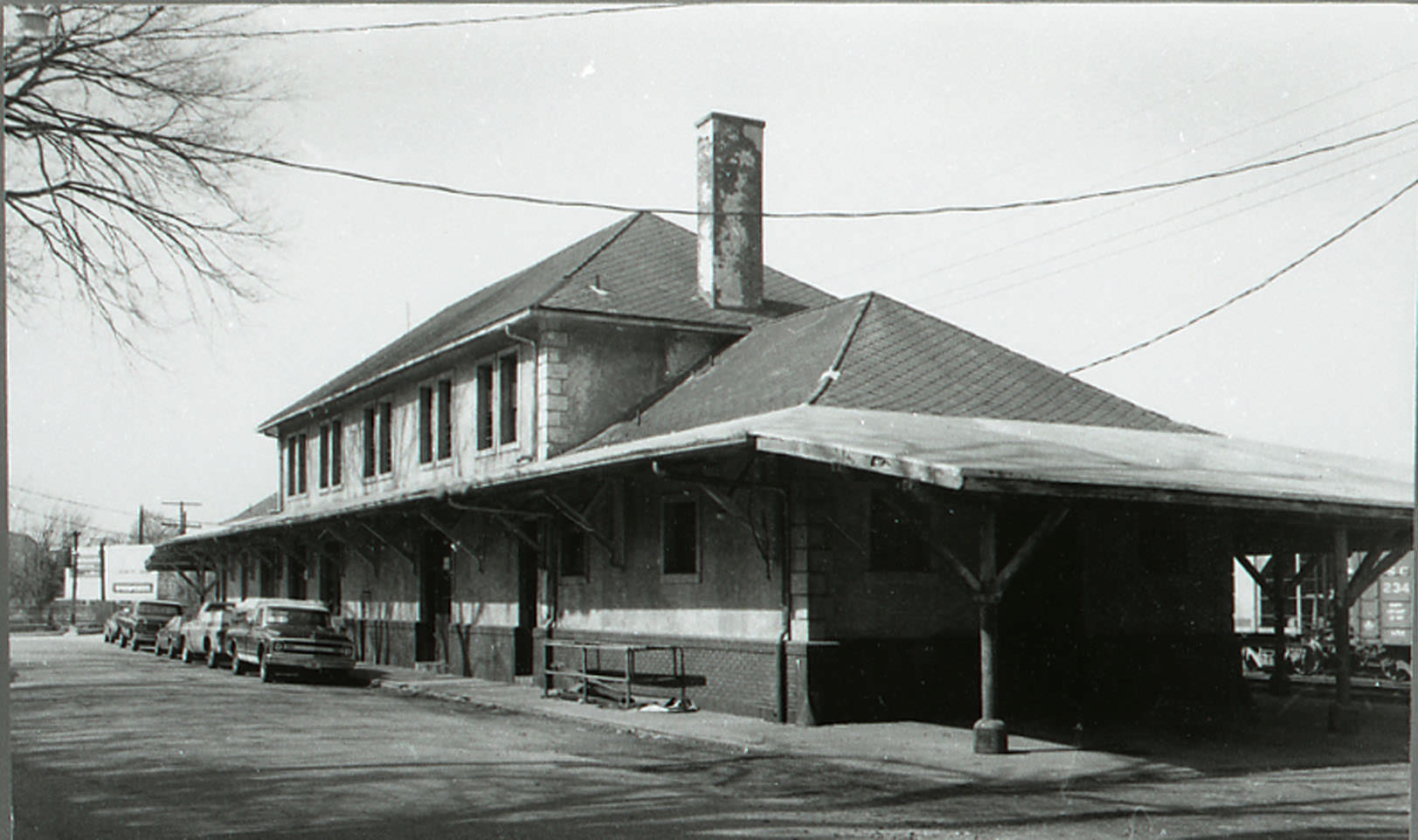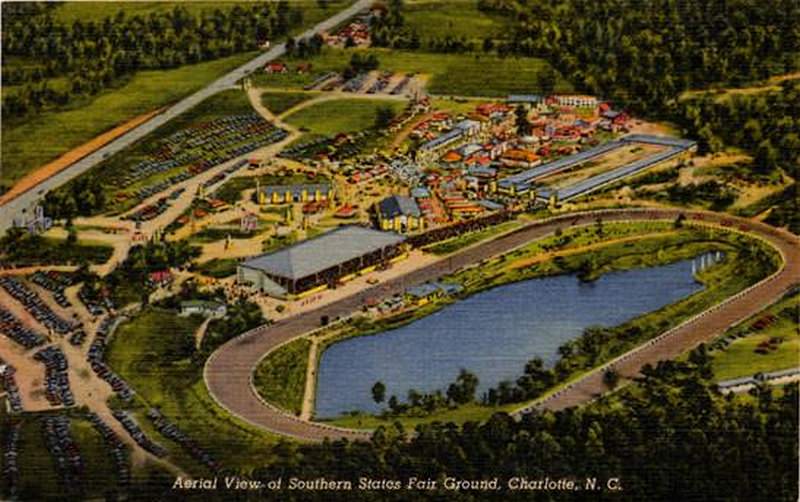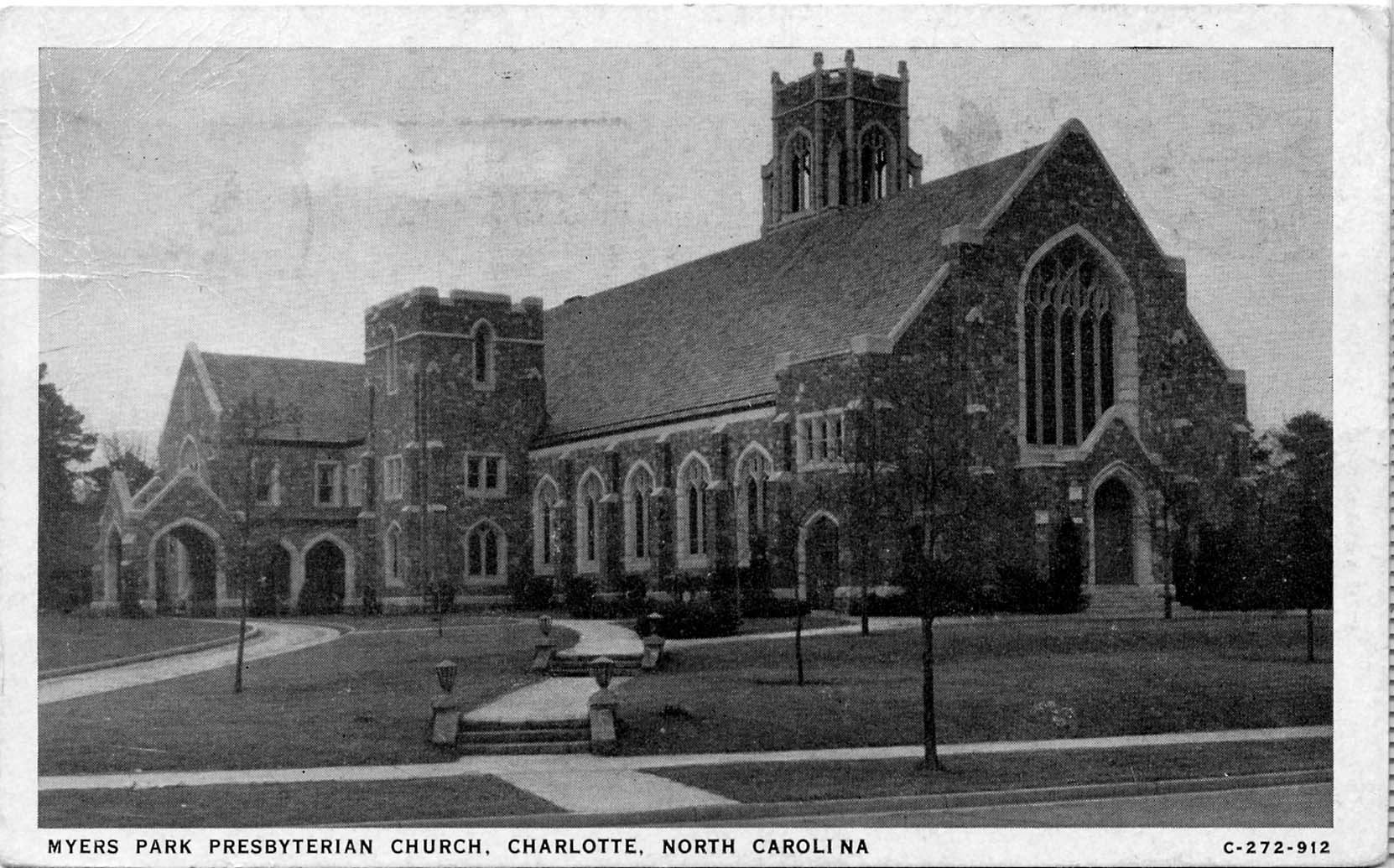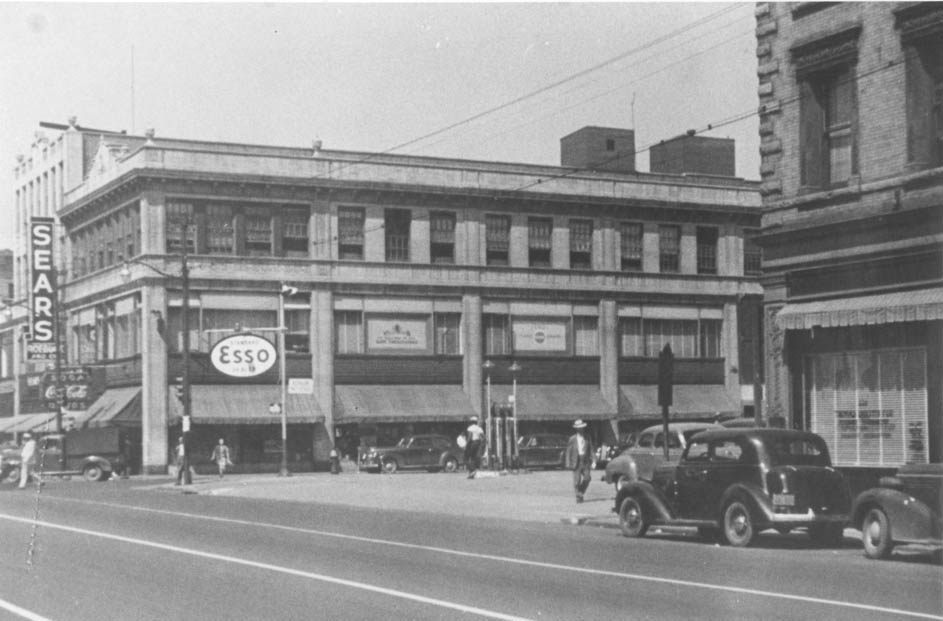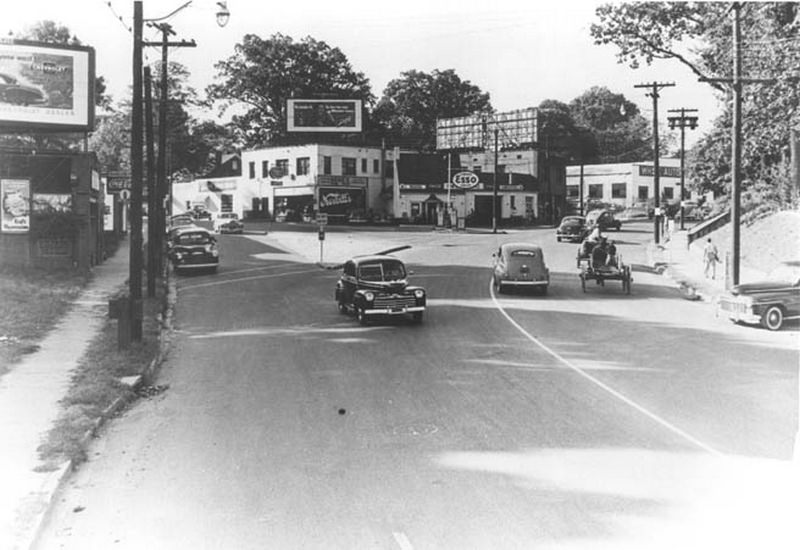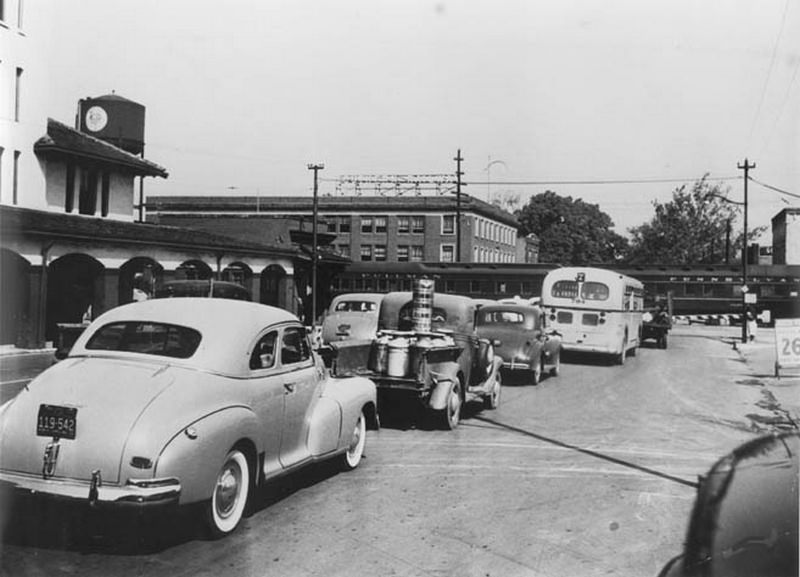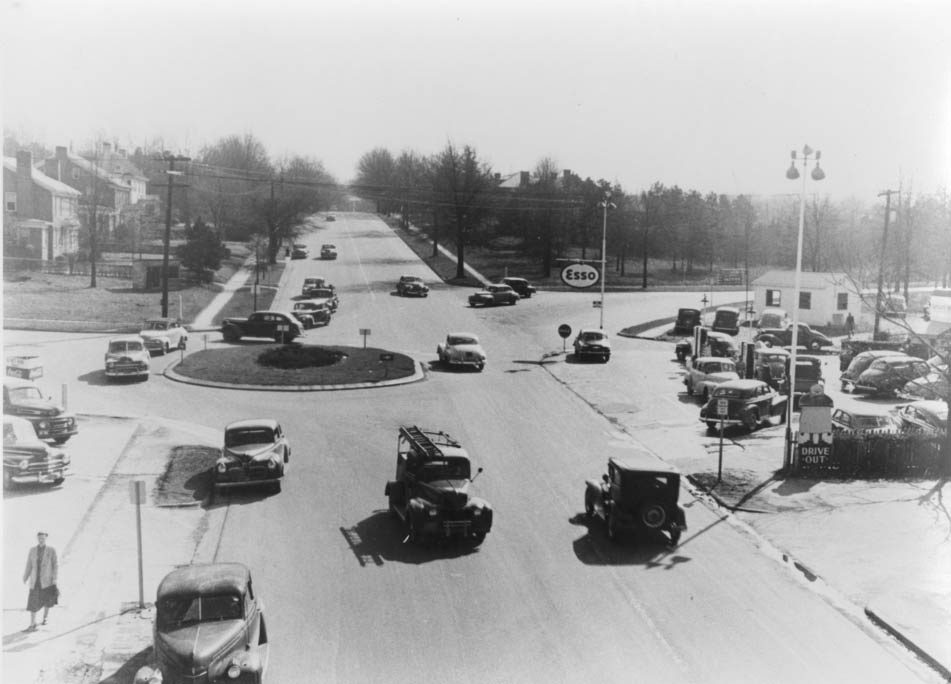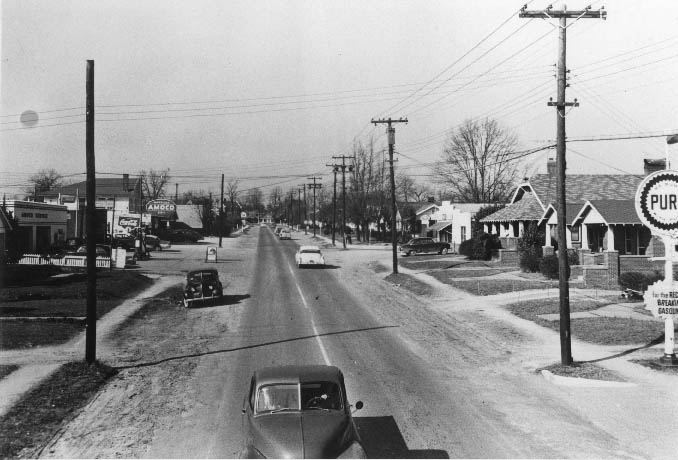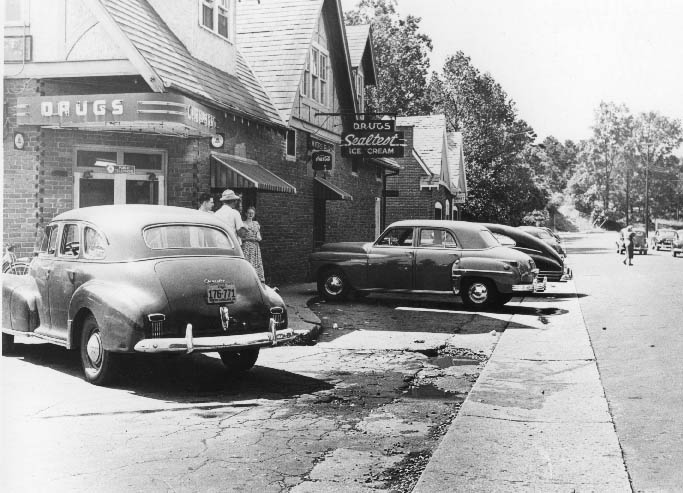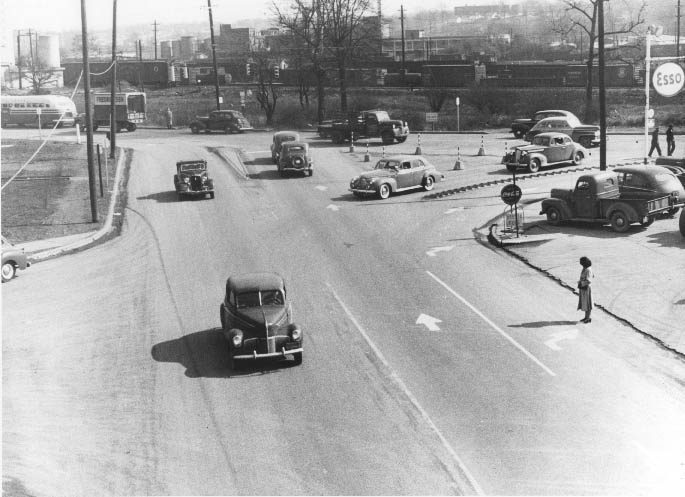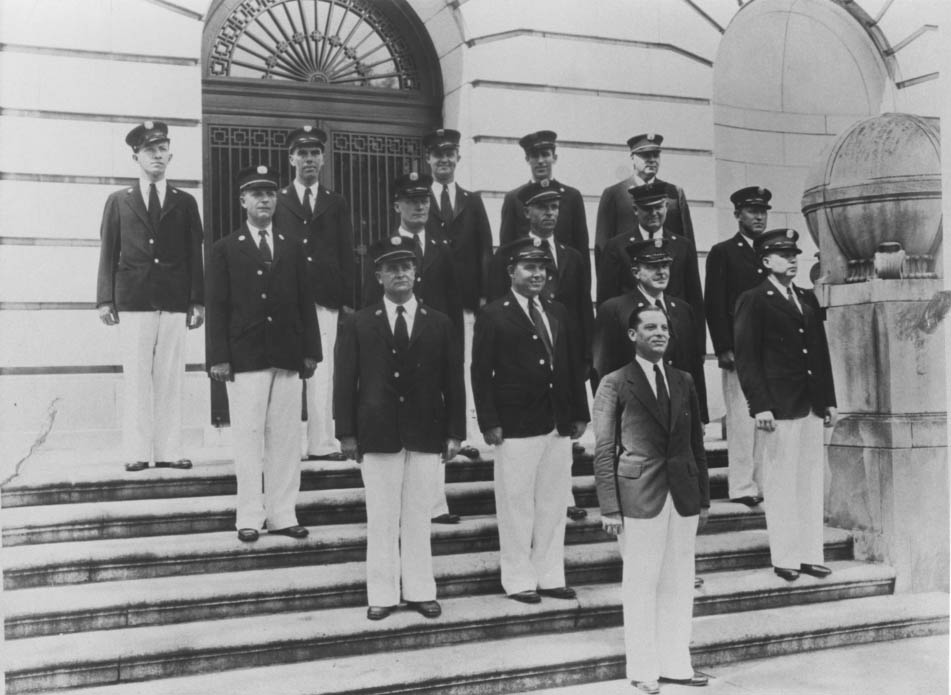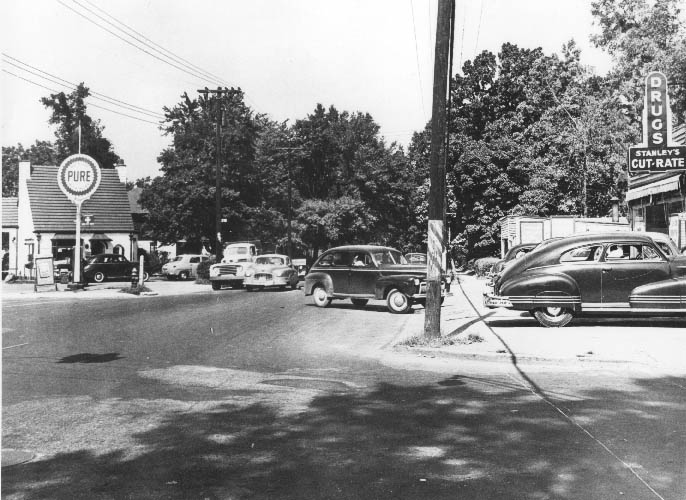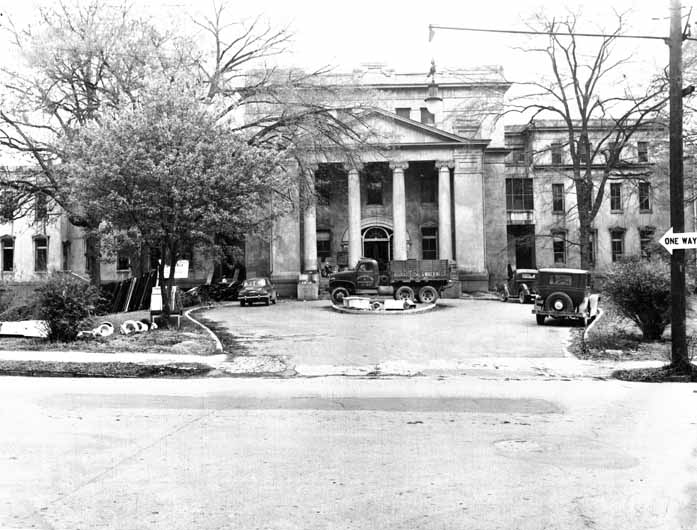Charlotte’s population grew by 18,224 people from 1930 to 1940, eventually topping 100 thousand, a respectable 22 percent increase. The number of building permits issued fell, but the streets of new houses continued to rise even during the depths of the Depression in the early 1930s. After US entry into World War II (1941-45), construction and development activities significantly dropped throughout the city.
In 1948, Charlotte saw a whole new ring of suburbs spring up around it. They included middle-class areas, such as Maryland and Sterling streets at the edge of Myers Park. Yet there were also blue-collar suburbs, such as Smallwood Homes out West Trade Street. There was a brief lull in the early fifties following the initial postwar boom, followed by steady growth into the 1960s.
Following are some stunning historical photos that show Charlotte in the 1940s. Don’t forget to check Charlotte in the 1900s, 1910s and 1930s.
#1 Mercy Hospital, 1945

Mercy Hospital was founded by the sisters of Mercy of Belmont, North Carolina in February 1906. Originally it was a twenty-five-bed facility in a wooden building on East First Street behind St. Peter's Roman Catholic Church. The second facility, pictured here, opened in 1916 on East Fifth Street. Additions increased and by 1960, the hospital had a capacity of 300 beds.
#2 Casa Rancho, 1945
#3 South Boulevard, 1948
#4 College Apartments (Formerly Presbyterian College for Women), 1940
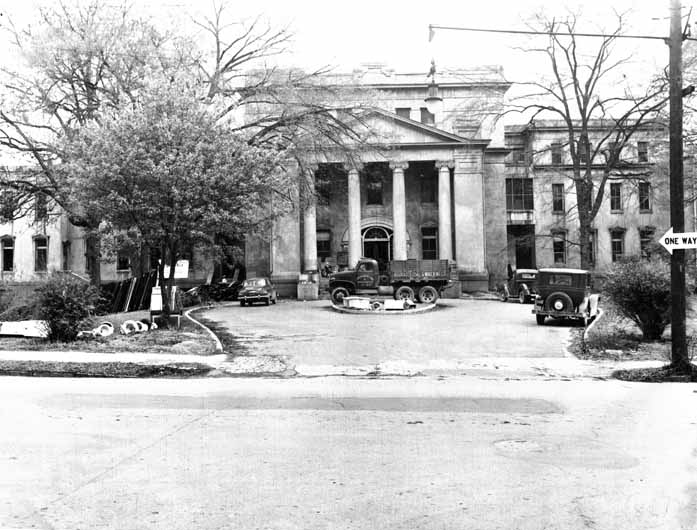
The conversion of Presbyterian College into apartments. Long known as College Apartments, the college was transformed again some thirty-eight years after the school moved to Myers Park. Presbyterian College was the precursor to Queens College. This building was located on the corner of College and Ninth Streets. When the school changed its name to Queens, the school moved to the Myers Park area.
#5 Beauty Pageant, 1941
#6 President H. L. McCrorey’s house, 1944
#7 University Memorial Union under construction, 1940s
#8 Carter Hall, Charlotte, 1940s
#9 Temple Israel, Dilworth Road, 1949
#10 Temple Beth El, 1940s
#11 Johnson C. Smith University ROTC members in uniform lined up, 1940s
#12 Mayfair Hotel now the Dunhill Hotel, 1946
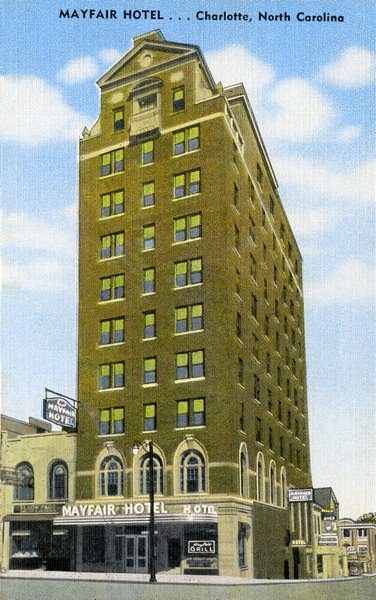
The Mayfair Hotel, was located at the corners of North Tryon and 6th Streets. Built by two local physicians, Dr. James Pleasant Mattheson and Dr. C.N. Peeler, the hotel opened its doors as the Mayfair Manor on November 15, 1929. Listed on the National Register of Historic Places, the hotel was designed by Louis Asbury. The Dunhill Hotel Associates restored the hotel to its former grandeur in the late 1980s, and changed its name.
#13 Johnson C. Smith University Staff, 1940
#14 Second Ward High School, 1940s
#15 Seaboard Airline Railroad Station at 222 East Fifth Street, 1940.
#16 Aerial view of the Southern States Fair Grounds in Charlotte, 1948
#17 Myers Park Presbyterian Church, 1943
#18 Tryon Street (South), 1940
#19 Trade Street (West).1948
#20 Trade Street (West), 1948
#21 Intersection of Morehead Street, Baldwin Avenue, and Kings Drive, 1947
#22 Tuckaseegee Road (West), 1948
#23 Myers Park Pharmacy, 1949
#24 Dalton Avenue looking northeast toward the intersection with Tryon Street, 1948
#25 The Fire Department Chorus of 1940 with Milton Panetti as the director, 1940
#26 Seventh Street, 1948
#27 John B. Ross House, 1940
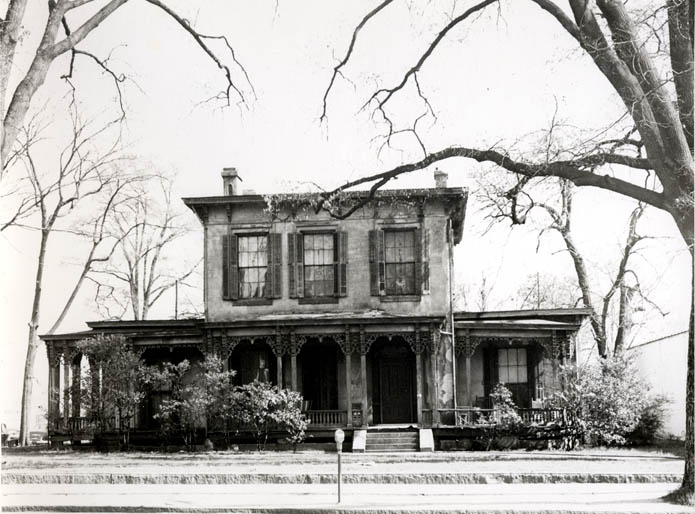
The John B. Ross House is a wonderful example of Italian Revival architecture. Built between 1894 and 1896, it was at 502 North College Street, it was the home of the John B. Ross family. He was the president of the John B. Ross Company and vice-president of the First National Bank.


